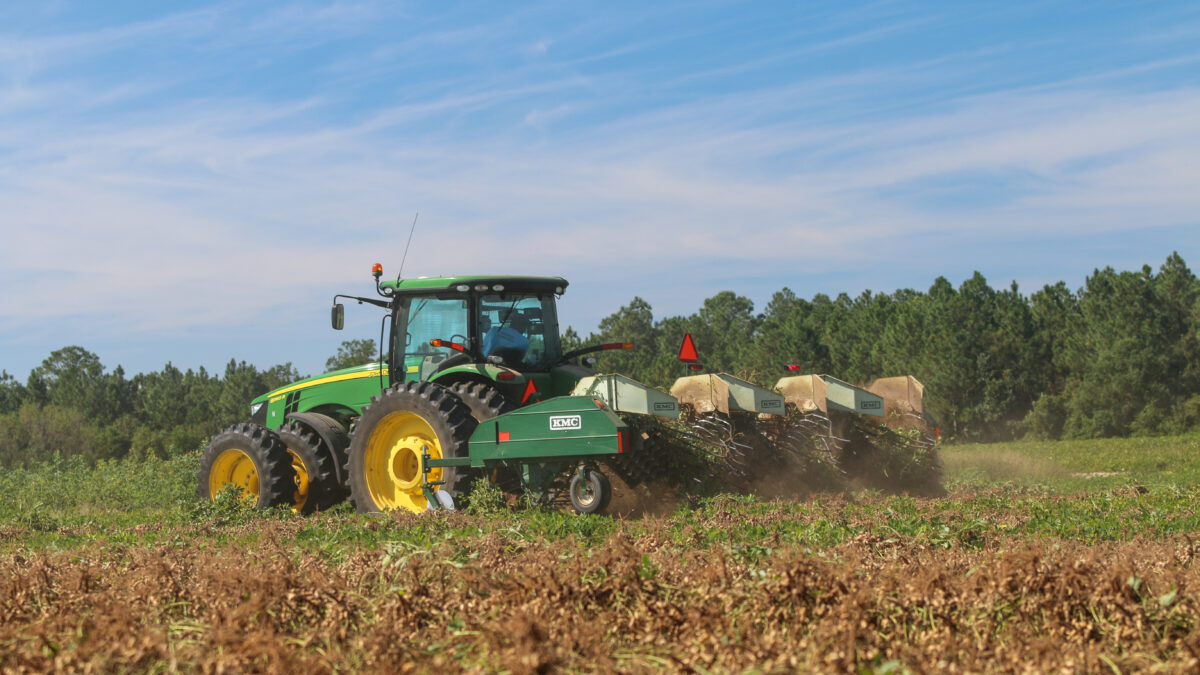Farmers and Ranchers Ready for Long Overdue ESA Reform
Zippy Duvall
President

photo credit: Alabama Farmers Federation, Used with Permission
Zippy Duvall
President
Farmers and ranchers can’t afford to hang on to equipment and practices that aren’t working. We economize and fix our trucks and tractors until we must replace them. We adopt new technology and farming techniques that make our businesses more efficient and environmentally friendly. We’re always looking to farm better for the good of our families, businesses, communities and country. That’s what makes it even more frustrating when our federal government holds on to run-down practices that stopped working decades ago—or maybe never worked in the first place. When I think of government regulations that are not only broken-down but also hurting America’s farms and ranches, the Endangered Species Act is at the top of my list.
The ESA is long overdue for reform. Protecting our country’s wildlife is an important goal, and one that farmers and ranchers share. We get to spend every day out in God’s creation, and we take the charge of environmental stewardship seriously. We want to be part of the solution when it comes to wildlife recovery, but the ESA has failed to solve anything in the more than four decades since it became law. It seems the Fish and Wildlife Service has gotten very good at listing species, but the same can’t be said for recovery of endangered species. In fact, the recovery rate for the ESA is about 5 percent. I don’t know about you, but that sounds more like a death sentence to me.
Protecting our country’s wildlife is an important goal, and one that farmers and ranchers share.
The ESA is a failure and an expensive one at that. The “protections” it offers cost $1.4 billion in federal expenditures in 2016 alone. That price tag doesn’t include the heavy burden the ESA places on family farms and ranches either. Its far-reaching restrictions can limit access to water, prohibit normal farming practices, and even cost financial tools like loan guarantees. In the agriculture industry, we can’t simply pass on the cost to the consumer, which means farmers and ranchers take on the strain of the added cost.
Often farmers bear the brunt of ESA restrictions as the land around them becomes more urbanized, and their farmland is seen as a “last refuge” for wildlife in the area. I recall meeting with a cranberry farmer in Massachusetts who could not farm sections of his own land, in order to leave a designated habitat for the endangered box turtle. Meanwhile, the area surrounding his land has been developed with no such restrictions. This same farmer has not seen a box turtle on his land in 20 years.
Many more farmers and ranchers across the country have their own stories of how the ESA has threatened their farms and livelihoods. I’ve met with farmers and ranchers from the West to New England who are facing regulations that add financial burdens to their families and threaten the sustainability of their businesses. Farmers and ranchers from the Rockies to the Great Lakes can’t protect their own animals from predators like the gray wolf because of ESA restrictions. Many farmers in California were left out to dry in the recent drought because of strict protections for a small fish. (And those are just to name a couple.) I’ve heard your stories of how your livelihoods are getting stripped away while your hands were tied by regulations that completely disregarded the irreplaceable work of America’s farmers and ranchers.
Of course, no one wants to see American wildlife disappear from our landscape, but it is time for common sense reform that brings farmers and ranchers to the table. The upcoming package of House bills on ESA reform are a breath of fresh air to agriculture. It’s time for an ESA that brings clarity and certainty, encourages voluntary conservation work, increases local involvement and charts a path for real recovery and delisting of species. The ESA was created for the public good, and Congress needs to get it on that path before farming and ranching becomes the ESA’s next victim.
Zippy Duvall
President
Vincent “Zippy” Duvall, a poultry, cattle and hay producer from Greene County, Georgia, is the 12th president of the American Farm Bureau Federation.
Trending Topics
VIEW ALL